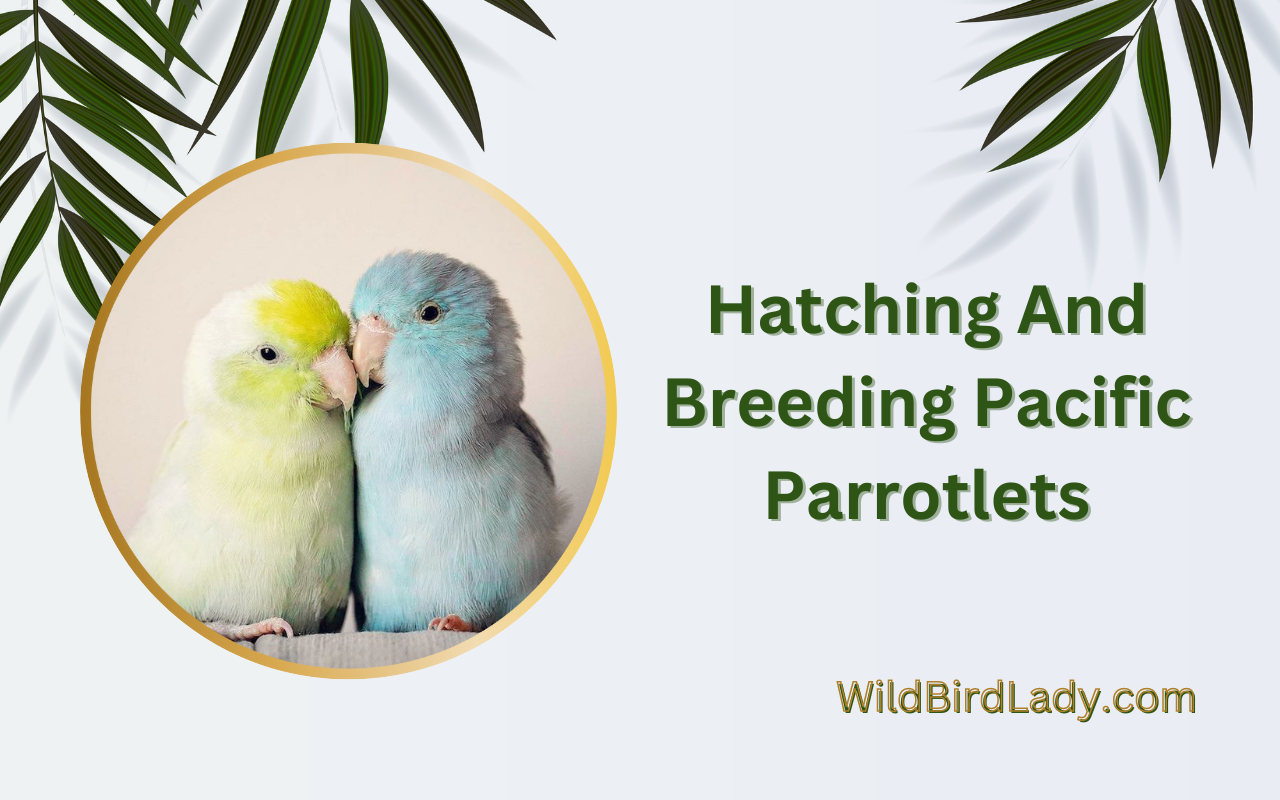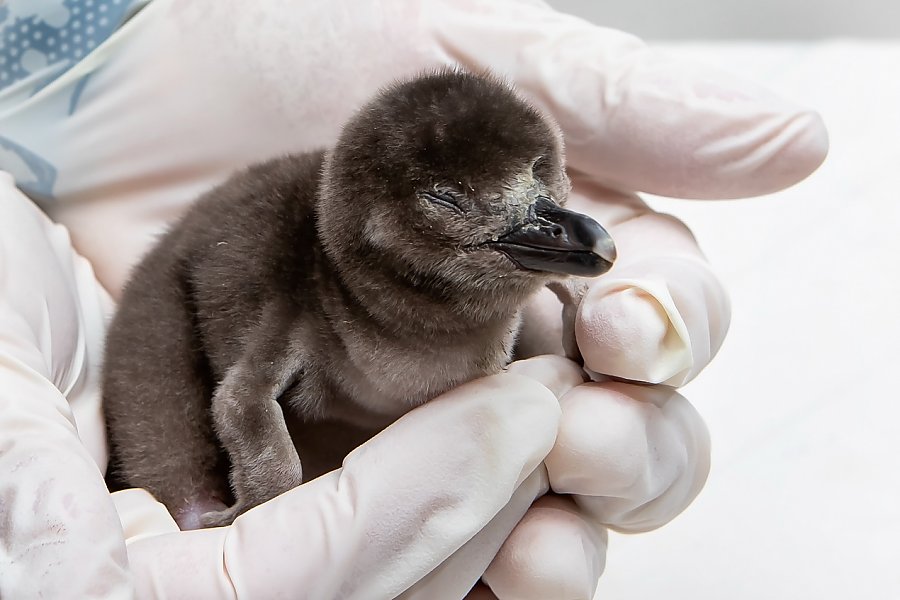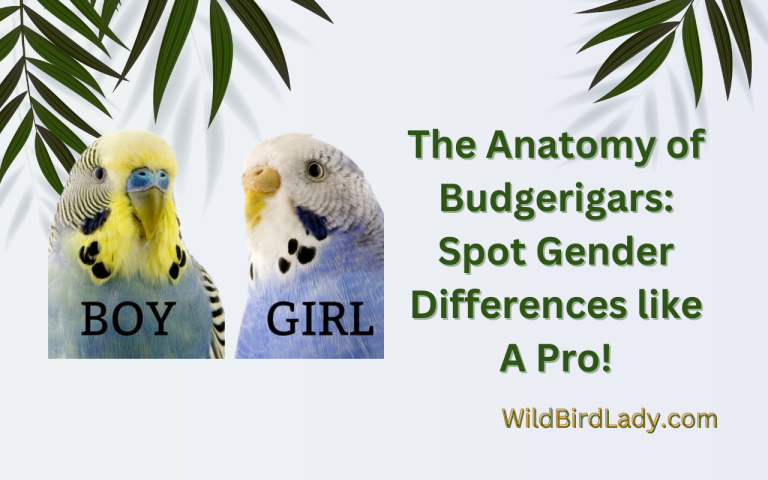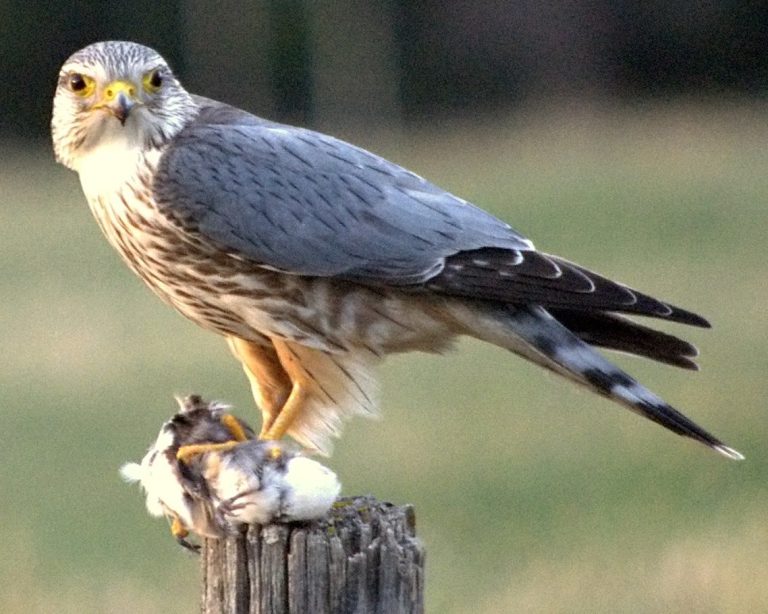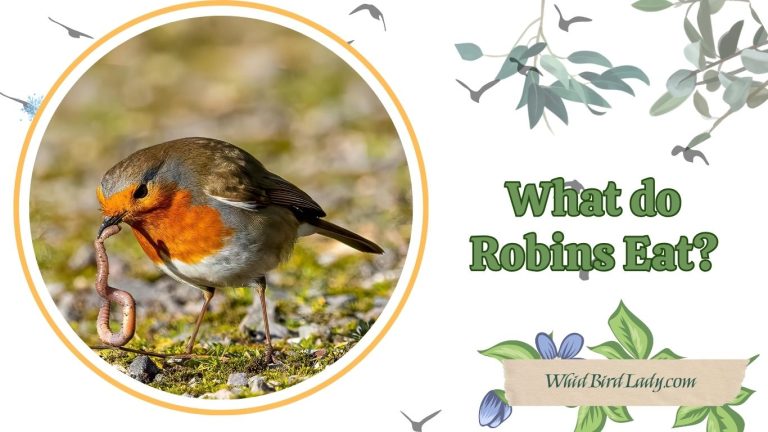Hatching And Breeding Pacific Parrotlets
Hatching and breeding pacific parrotlets requires careful attention to their diet, temperature, and nesting environment. These tiny parrots require specialized care to ensure successful breeding and healthy hatchlings.
Pacific parrotlets are one of the smallest parrot species commonly kept as pets. However, these tiny birds are big on personality and have become increasingly popular among bird enthusiasts over the past few decades. Breeding pacific parrotlets requires a good understanding of their natural breeding behaviors, as well as their dietary and environmental needs.
With proper care, pacific parrotlets can successfully breed in captivity and produce healthy offspring. This article will provide an overview of the steps involved in hatching and breeding pacific parrotlets, including selecting breeding pairs, setting up the breeding environment, and caring for hatchlings.
Credit: www.aquariumofpacific.org
Preparing For Breeding
Breeding pacific parrotlets requires careful preparation to ensure the success of the mating pair and the health of the offspring. Here are some key considerations to bear in mind when preparing for breeding:
Choosing The Right Pair Of Pacific Parrotlets
Choosing the right pair of birds to breed is a critical decision, as the genetics of the parents dictate the traits of their offspring. Some factors to consider when choosing a breeding pair include:
- Age and compatibility: Choose mature parrotlets that are at least one year old, have compatible personalities and are not closely related.
- Physical characteristics: The physical traits of the birds, including size, color and feather patterns, should be compatible.
- Health history: The birds should be healthy and have a clean bill of health from a qualified avian vet.
Age And Health Considerations
Breeding pacific parrotlets requires the birds to be physically and mentally healthy. Here are some considerations to ensure that the breeding birds are in good health:
- Age: The birds should be at least one year old to ensure that they are mature enough to breed.
- Mental health: The birds should be in good mental health, as stress, anxiety and depression can affect sexual behavior and fertility.
- Physical health: The birds should be physically healthy, with no chronic health issues, infections or parasites.
Proper Housing Set Up
Providing the correct housing set up for your breeding pair is crucial to their health and well-being. Here are some guidelines for setting up suitable housing for your pacific parrotlets:
- Cage size: Each bird should have a minimum of 18x18x18 inches of cage space, and the cage should be placed in a quiet area away from drafts and direct sunlight.
- Nesting box: A nesting box should be provided, positioned in a quiet area of the cage, and lined with nesting material such as shredded paper, wood chips or bark.
- Toys and perches: The cage should be furnished with toys, perches and other enrichment items to promote mental stimulation and physical activity.
Appropriate Environmental Conditions
Creating the right environment for your breeding birds is essential for their health and fertility. Here are some environmental factors to consider:
- Temperature and humidity: The ideal temperature range for pacific parrotlets is 65-85°f, and humidity levels should be between 40-70%.
- Lighting: A regular light schedule of 12-14 hours of daylight and 10-12 hours of darkness promotes healthy breeding behavior.
- Noise level: The environment should be relatively quiet to limit stress and provide a peaceful atmosphere for the breeding pair.
Providing A Balanced Diet
A well-balanced diet is crucial for the health of your breeding birds and their offspring. Here are some dietary suggestions for your breeding pair:
- Pellets: A high-quality pellet diet should make up the majority of your birds’ diet, providing essential nutrients and minerals.
- Fresh produce: A variety of fruits and vegetables should be provided to supplement the pellet diet.
- Protein: Offer sources of lean protein such as cooked eggs and lean meat to ensure your birds receive a well-rounded diet.
Preparing for breeding pacific parrotlets involves choosing the right pair, ensuring their health and providing the appropriate housing, environmental conditions, and balanced diet. With careful preparation and planning, you can successfully breed your pacific parrotlets and provide them with the best possible care.
Breeding Pacific Parrotlets
Breeding pacific parrotlets can be an exciting and fulfilling experience for bird enthusiasts. These tiny birds are known for their playful and affectionate personalities, bright blue feathers, and adorable chirps. In this blog post, we will explore the ins and outs of breeding pacific parrotlets, from understanding the breeding cycle to proper nesting box set up and everything in between.
Understanding The Breeding Cycle
Breeding pacific parrotlets is a complicated process that requires a basic understanding of their breeding cycle. Pacific parrotlets reach sexual maturity at around 9-12 months old, and breeding usually begins in early spring and continues through early summer. The breeding cycle includes the following stages:
- Courtship: During courtship, males may exhibit aggressive behaviors such as biting or chasing females, but this is normal. The male may also perform mating dances, feeding routines, and vocalizations to attract females.
- Nest building: After a pair has bonded, they will begin building a nest. The female will lay her eggs in the nest after it has been constructed.
- Egg laying: A female pacific parrotlet will typically lay 3-6 eggs, with one egg being laid every other day. The eggs are small and white.
- Incubation: Both male and female parrotlets take turns incubating the eggs until they hatch. The incubation period is typically around 18-20 days.
- Hatching: The eggs will hatch sequentially, with the oldest egg hatching first, and the youngest egg hatching last.
Stimulating The Breeding Process
Breeding pacific parrotlets can be stimulated by providing them with a proper environment, including a suitable temperature, lighting, and humidity. Additionally, providing them with a variety of foods can help stimulate their reproductive systems.
Recognizing Signs Of Fertility
Before breeding pacific parrotlets, it is important to ensure that both birds are healthy and fertile. Some signs of fertility include active behavior, bright eyes, and glossy feathers. You can also have a veterinarian perform a physical exam to check for any underlying health issues.
Mating And Copulation
Mating and copulation occur during courtship. During this process, the male will mount the female and press his cloaca against hers to fertilize the eggs.
Proper Nesting Box Set Up
Proper nesting box set up is crucial for breeding pacific parrotlets. The nest box should be made of wood and should be placed in a quiet, dark location to provide the birds with privacy. The box should be about 6×6 inches in size, with a hole diameter of 1.
5 inches for the birds to enter and exit.
Nest Building And Egg-Laying
Once the nesting box is set up, the pair will begin constructing a nest. The female will lay her eggs in the nest, one every other day, until she has laid all of them. It is important to not disturb the birds during this process, as it can cause them stress and lead to egg-related health issues.
Overview Of The Incubation Period
During the incubation period, the eggs are kept warm by the parents taking turns sitting on them. It is important to provide the birds with a constant supply of food and water during this time. After the eggs hatch, the parents will continue to care for the chicks until they are ready to leave the nest.
Breeding pacific parrotlets requires patience, dedication, and proper care. By following the guidelines outlined above, you can have a successful breeding experience with these delightful little birds.
Hatching
Pacific parrotlets can be an exciting yet stressful experience for any bird owner. However, with proper monitoring and assistance, the process can be relatively straightforward. In this section, we will go through several essential aspects of hatching pacific parrotlets to ensure it is a safe and successful process.
Signs Of Hatching
Observing the embryo hatching is a thrilling experience, and although it can occur naturally, some signs can indicate the process is about to begin. Here are some signs to look out for:
- The eggshells start to fracture, creating small cracks.
- The hatchling starts to make chirping noises or can be seen pushing the shell from the inside.
- Increased movement of the egg can be felt or seen, as the hatchling tries to break free.
Monitoring The Hatchlings
Once the pacific parrotlets hatch, monitoring them properly is vital. Here are some necessary steps to take:
- Leave the hatchlings with their parents, if possible, as they are best skilled to care for them.
- Ensure that the environment is safe and secure from predators, including other pets and young children.
- Keep an eye on the hatchlings’ behavior and make note of any abnormalities or concerning symptoms.
Egg-Stripping
Sometimes, eggs fail to hatch or show signs of problems such as stunted growth. In such cases, egg-stripping may be necessary to prevent the hatchling from suffering. Here are some necessary steps to take:
- Place the egg in warm water for about 30 minutes to soften the shell.
- Carefully remove the upper portion of the shell, ensuring not to damage the hatchling or umbilical cord.
- Make sure to keep the hatchling in a warm environment and encourage it to drink water.
Helping With Hatching
Occasionally, pacific parrotlets may require assistance with hatching. Here are some crucial steps to take:
- Ensure that the egg has been incubated for the required length of time.
- Create a small hole in the shell to assist with breathing.
- Carefully observe the hatchling, ensuring that it does not become distressed or in danger during the process.
Observing the hatching of pacific parrotlets can be an exciting and rewarding experience, but it is crucial that bird owners take necessary steps to ensure a safe and successful process. Following the guidelines mentioned above will help hatchlings in a safe environment and assist in a problem-free hatching process.
Good luck with hatching your pacific parrotlets!
Caring For Pacific Parrotlets
Breeding and caring for pacific parrotlets can be an enjoyable and rewarding experience for many bird enthusiasts. Providing proper care, from feeding and nutrition to monitoring health and wellness, is essential for the hatchlings to grow into healthy adult birds.
We will discuss the key points on caring for pacific parrotlets with a focus on feeding, rearing, weaning, health checks, and common health problems to help you keep them in excellent physical and mental shape.
Feeding And Nutrition For The Hatchlings
Feeding pacific parrotlet hatchlings requires specific nutrition, with a diverse range of nutrients. Unsurprisingly, baby birds not only require more food than their adult counterparts but also a well-balanced diet. Here are some key points to follow:
- Feed pacific parrotlets on a specific breeding diet, which provides higher protein and calcium compared to the usual seed mix.
- Hatchlings require approximately 7-10% of their body weight in food each day. However, it is essential to monitor their weight to keep them healthy and avoid overfeeding.
- Offer soft food such as fruit or vegetable mash, or soaking soft pellets in water until they become mushy.
- Supplement their diet with millet sprays, which they can eat all day, making it less stressful for both the birds and the owner.
Rearing And Hand-Feeding Of Young Birds
Hand-rearing pacific parrotlets can be a challenging task, requiring significant time and attention. However, it is also an excellent opportunity to develop a close bond with them. Here are some factors to consider:
- Closely monitor the temperature and humidity of the brooder to ensure their physical and mental well-being.
- Feed the babies every 2-3 hours from morning to night with a syringe or pipette with the food warmed to body temperature.
- Keep the brooder clean and tidy since baby birds are prone to develop infections; hence, it’s essential to keep them in a clean and hygienic environment.
Weaning And Introducing Solid Foods
Weaning pacific parrotlets can begin from four to six weeks onwards, but by the time they are eight weeks old, they should be eating mostly solid food. The gradual introduction of solid food is necessary, and here are some key points:
- Provide fresh food several times a day and remove any uneaten food after a few hours.
- Gradually increase the ratio of solid food to soft food over several weeks.
- Offer a variety of nutritious foods, such as fresh fruit, vegetables, and sprouting seeds.
Health And Wellness Checks
Health and wellness checks are essential to keeping pacific parrotlets in good physical and mental condition. The following are some key points to help you keep your pet healthy:
- Keep a schedule for regular checkups and follow-ups with a qualified avian veterinarian. This will help in early detection of any underlying illnesses.
- Keep the bird in a clean environment and pay attention to any changes in their behaviour, diet, or weight.
- Take necessary steps to minimize exposure to other birds or animals to avoid the transmission of diseases.
Common Health Problems And How To Treat Them
Common health issues in pacific parrotlets include malnutrition, feather picking, respiratory infections, and psittacosis. If you notice any symptoms, seek medical attention immediately. Here are some key points to keep them healthy:
- Birds that have lost feathers can be a symptom of malnutrition, so consult your veterinarian and adjust their diet accordingly.
- Respiratory infections could be due to exposure to cold drafts or birds in poor condition. Keep your bird away from cold drafts and other ill birds to prevent respiratory infections.
- Psittacosis is a potentially fatal respiratory illness that can spread to humans; the infected bird should be immediately quarantined and treated according to your vet’s instructions.
To sum up, taking care of pacific parrotlets requires a lot of effort, attention, and care. However, it’s all worth it when you see them happy, healthy, and thriving. By following this guide and working closely with your avian vet, you will be able to care for them properly while preventing any health issues that may arise.
Frequently Asked Questions For Hatching And Breeding Pacific Parrotlets
What Is A Pacific Parrotlet?
Pacific parrotlets are the smallest of all true parrots. These little birds are only 4. 5-5. 5 inches long and weigh around 30-35 grams. They are brightly colored with green feathers and have a curious and playful personality.
How Do I Determine The Gender Of My Pacific Parrotlet?
It can be challenging to determine the gender of a pacific parrotlet with 100% accuracy, especially in young birds. However, adult males have bright blue feathers on their rump and above their beak, while females have green or yellow coloring in those areas.
What Is The Best Way To Hatch Pacific Parrotlet Eggs?
The best way to hatch pacific parrotlet eggs is to use an incubator. Set the temperature to 99. 5°f and humidity at 40% for the first 17 days. On day 18, raise the humidity to 60%. Eggs generally take 18-22 days to hatch, but it may take longer depending on the temperature and humidity levels.
How Often Do Pacific Parrotlets Breed?
Pacific parrotlets can breed year-round but typically breed during the rainy season when there is an abundance of food. Females usually lay 4-6 eggs per clutch, and they can have up to 3 clutches per year.
What Is The Ideal Diet For Pacific Parrotlets?
The ideal diet for a pacific parrotlet includes a mix of pellets, fresh fruits, vegetables, and occasional treats like nuts and sunflower seeds. It is crucial to avoid feeding them avocado, chocolate, caffeine, and alcohol, which can be toxic to them.
Provide fresh water and clean their food and water dishes daily.
Conclusion
Hatching and breeding pacific parrotlets can be a rewarding experience for bird enthusiasts. The process requires patience, dedication, and knowledge of the species’ natural habits and behaviors. By providing a suitable environment, a balanced diet, and proper care, breeders can ensure that their parrotlets thrive in their captivity.
The breeding process can also contribute to the conservation of the species, as pacific parrotlets are becoming increasingly rare in their natural habitat due to habitat loss and illegal pet trade. By responsibly breeding and selling parrotlets, breeders can help reduce the demand for wild-caught birds and promote sustainable captive breeding programs.
In addition, sharing knowledge and experiences with other bird enthusiasts can help improve the welfare and wellbeing of pacific parrotlets in captivity. Overall, hatching and breeding pacific parrotlets can be a fulfilling and worthwhile endeavor for those passionate about birds and their conservation.
Read Also: How To Teach A Cockatoo To Speak: Ultimate Tips and Guide

